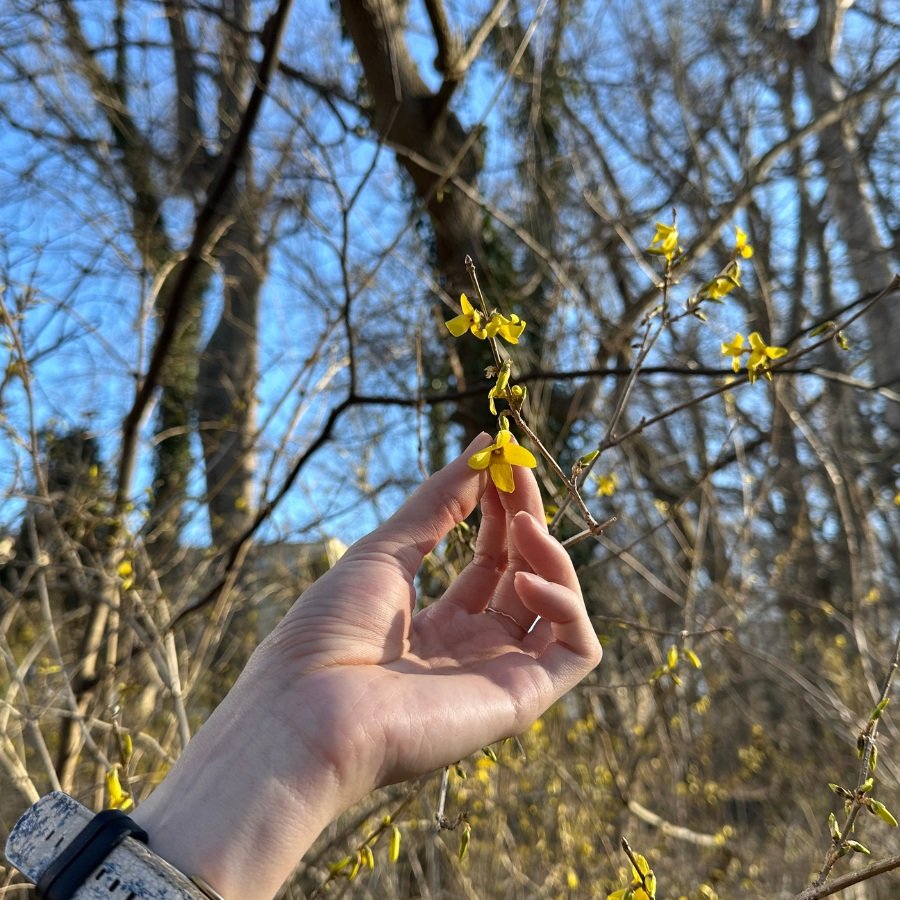Going for a run? Here's how you can help the environment while exercising.
/Try Sweden’s exercise trend for runners that care about the planet
If you've ever come out to a river cleanup, you know firsthand that litter is huge problem for local waterways.
Great Blue Heron surrounded by trash. Photo by Wyoming_Jackrabbit via flickr.
Microplastics are making their way into our food sources and drinking water. Discarded plastics are killing millions of animals annually. And if you haven't seen this viral sea turtle video, give it a watch for a new take on straws. (Warning: the video is graphic.)
It might seem like a daunting problem, but we are making tremendous progress locally:
The plastic bag fee in DC and Montgomery County has been a huge success in cutting down on the number of bags that wind up in our rivers and streams;
The watershed-wide Styrofoam ban for the Anacostia River has done the same with foam, and;
Trash traps and boats on our rivers catch and remove tons (literally) of plastics every year.
If you want to become part of the solution, now there's an easy way to do your part: go for a run! We're talking about plogging, a new fitness trend that's made its way to DC.
Think of plogging as jogging mixed with conservation.
It first gained popularity in Sweden. The name originates from the word plogga, which means "to pick up" in Swedish. Many runners were fed up with the abundance of trash in their communities and decided to take action. The trend has quickly spread around the world thanks to social media.
If you've got a pair of shoes, a bag, and the desire to make the world a little bit better, you can be a plogger.
The next time you’re ready to head out on a run, simply bring a small trash bag and a pair of gloves to protect your hands.
When running, try and collect as many small pieces of litter that you can. Although they may seem insignificant, tiny pieces of trash like cigarette buds, plastic water bottle caps, and bits of Styrofoam are often overlooked and can be extremely harmful to the local wildlife and fish.
When your trash bag becomes full, tie it up, empty into the closest trash can, and give yourself a pat on the back — you’re officially a plogger!
Plogging helps combat the fastest growing source of pollution to the Potomac: polluted runoff.
Every time it rains, water washes over yards, parking lots, sidewalks, and streets, collecting whatever is in its path, including litter. That polluted water, and the trash that comes with it, flows directly into our streams and creeks. This is how plastics end up in the Potomac, our source of drinking water, and downstream in the Chesapeake Bay and Atlantic Ocean. Once in water, plastics break down even faster than on land, releasing harmful chemicals, damaging habitat, and threatening aquatic animals.
By preventing trash from entering the Potomac as polluted runoff, plogging has a direct impact on water quality and wildlife.
So what are you waiting for? Get outside and get plogging!
Get local recreation and river news delivered to your inbox.
Sign up to receive our monthly
River Update email.
100% Privacy. We don't spam or share your information.
















Public funding and speaking out in support of it are crucial to protecting the Potomac River region. Read on to see how this local organization in Maryland is tirelessly working to improve our waterways with public funding.